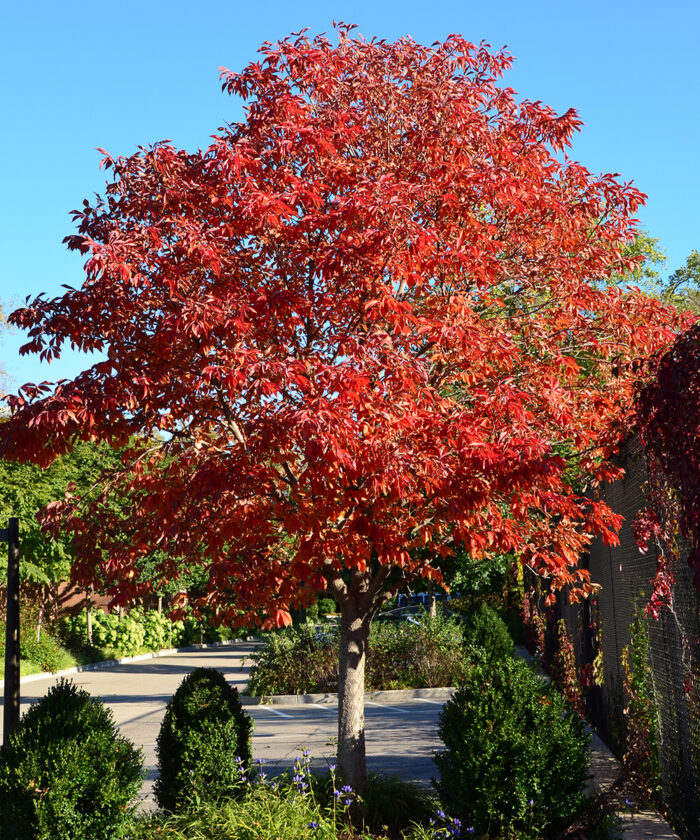
Deciding to plant a tree in the landscape can be a difficult decision. You worry not only about how much to spend but also where to properly plant the tree. Just like when making the decision to buy a new car or appliance, it’s likely you’re going to do some research to see not only what is available but also what fits your goals.
Some older trees have common problems
Many gardeners have grown wary of certain trees that have lost popularity due to insect or disease problems, such as American elms (Ulmus americana, Zones 2–9) or ashes (Fraxinus spp. and cvs., Zones 3–9). Our landscapes also provide challenges of limited space, tough soils, and the inherent stresses caused by rough Midwestern winters, droughts, or unseasonable and challenging weather in general. But there is a wide spectrum of adaptable plants coming out on the market every year. With breeding and trialing programs, many occurring over many years of observation, new introductions have typically been exposed to the vagaries of climate and other Midwest conditions and stand a good chance in our landscape.
Newer trees are bred with fixing common problems in mind
It’s interesting to see that newer introductions not only tout features such as improved disease resistance, better vigor, and certainly notable ornamental features, but they are also being developed for narrower forms and habits, increased hardiness, and a broader adaptability over a wide spectrum of growing conditions. I’d like to share six relatively new tree introductions from three different breeders that I think will add a lot of merit to a Midwest landscape and diverge from the limited palette of traditional selections that are becoming not only ubiquitous but dangerously close to overplanted in some locations.
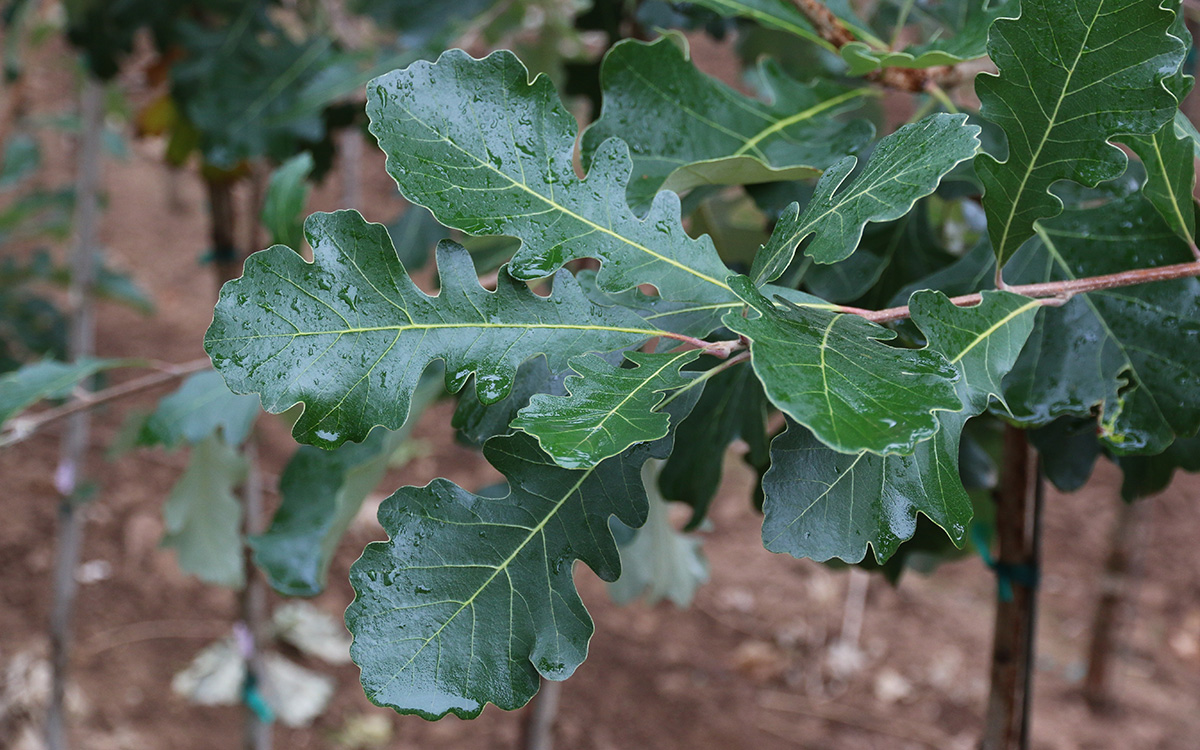
Urban Pinnacle® bur oak
Quercus macrocarpa ‘JFS-KW3’, Zones 3–8
This is a wonderful selection of native bur oak that is quite narrow and upright and has dark green, glossy foliage. Featuring a strong, central leader and uniform branching, this variety will ultimately exhibit a narrow, pyramidal form. Urban Pinnacle® prefers full to partial sun and will grow 55 feet tall and 25 feet wide. The yellow fall color is consistent, and the small acorns make this selection suitable not only for general landscape use but also for planting along streets.
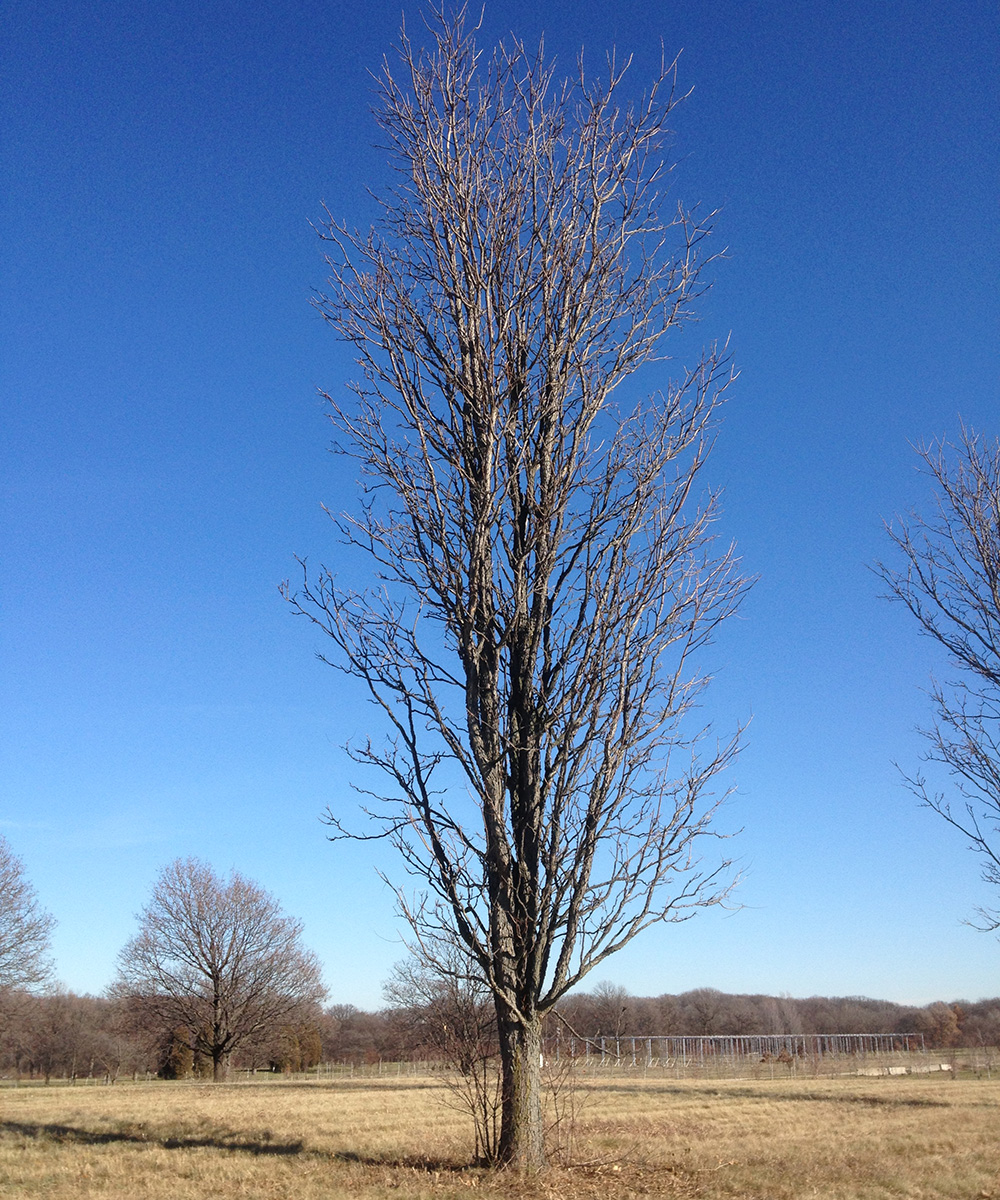
Skinny Latte™ Kentucky coffeetree
Gymnocladus dioicus ‘Morton’, Zones 3–8
Native Kentucky coffeetree can become a very large tree in time. This selection is more manageable due to its narrow form (15 to 20 feet wide), which ultimately features a slightly wider base. It will reach 50 feet tall at maturity. This tree is tolerant of a wide range of soil conditions but prefers full sun. The ascending branches hold very textural, frondlike, compound foliage that turns yellow in fall. This is a male selection, so you don’t have to worry about the messy pods. The bark is also quite ornamental with age, and this species has exceptional tolerance of urban conditions.
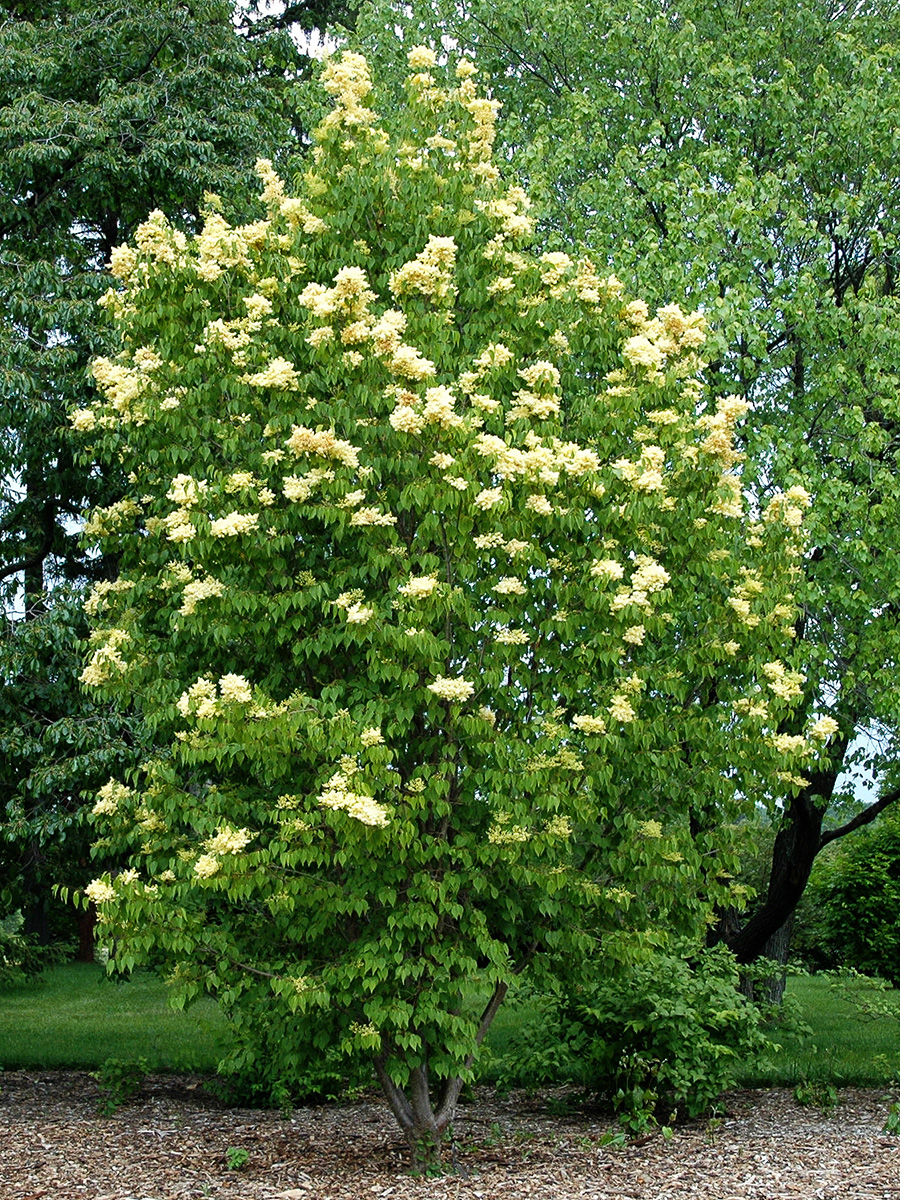
Beijing Gold® Peking lilac
Syringa reticulata ssp. pekinensis ‘Zhang Zhiming’, Zones 4–7
I planted this selection of Peking lilac as a small rooted stick twenty years ago before it was commonly available, and I always look forward to the primrose-yellow flowers that bloom in early summer. The fragrant flower clusters are abundant and showy. The fall color is a nice yellow, and the cinnamon color and the slightly exfoliating bark are eye-catching, particularly over the winter months. Beijing Gold® prefers full sun and will grow 20 feet tall and 15 feet wide. This slow-growing variety is also salt and drought tolerant and has superior disease resistance.
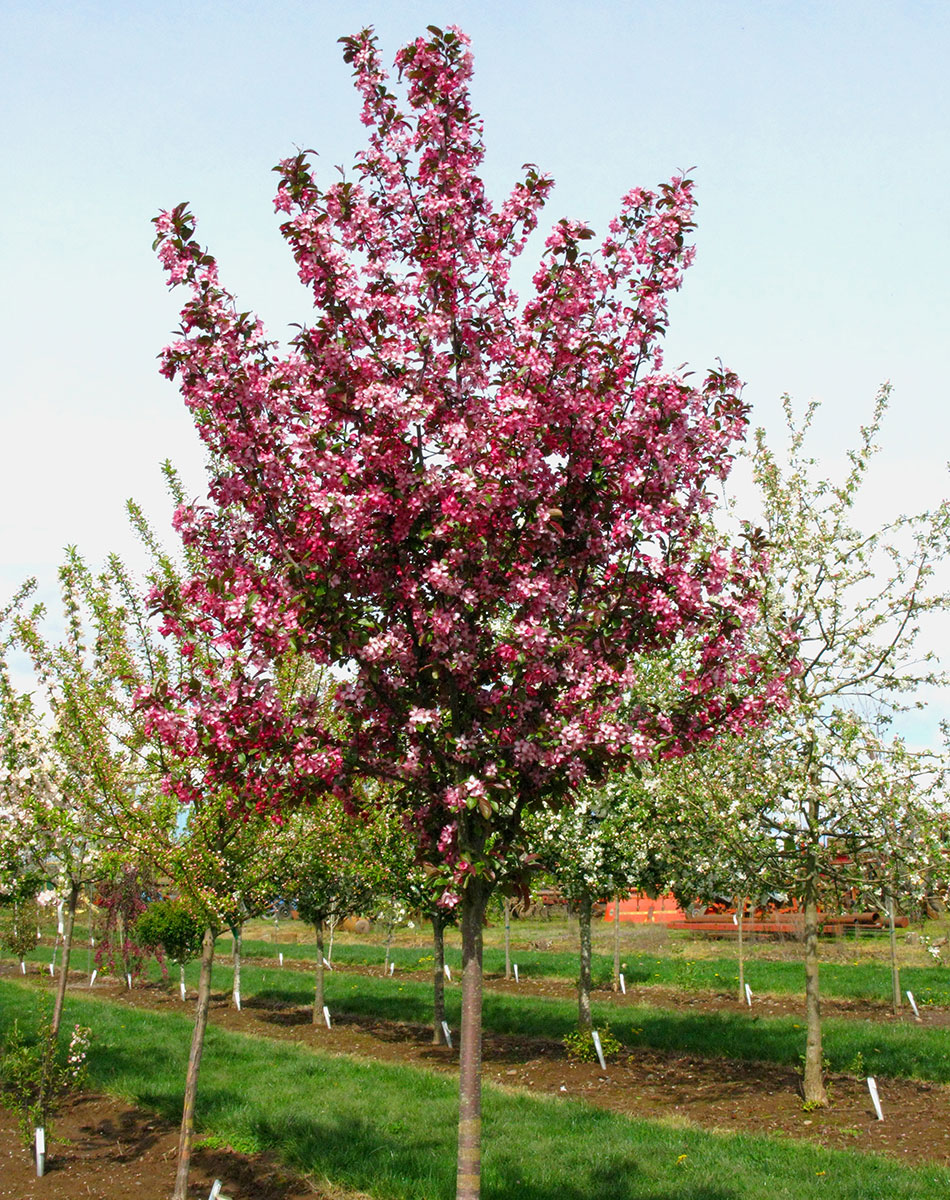
Ruby Dayze® crabapple
Malus ‘JFS KW139 MX’, Zones 4–8
Crabapples in spring bloom are a common sight throughout the Midwest. Disease-ridden crabapples in summer that are losing leaves are also quite common. Ruby Dayze® has excellent disease resistance and features purple-red foliage in spring that ages to bronze-green in summer and orange-red in fall. The magenta pink flowers are gorgeous and long-lived. Showy and persistent red fruits offer winter interest and attract wildlife. This is a great, modern selection of crabapple. It takes full sun and will grow 20 feet tall and 15 feet wide at maturity.
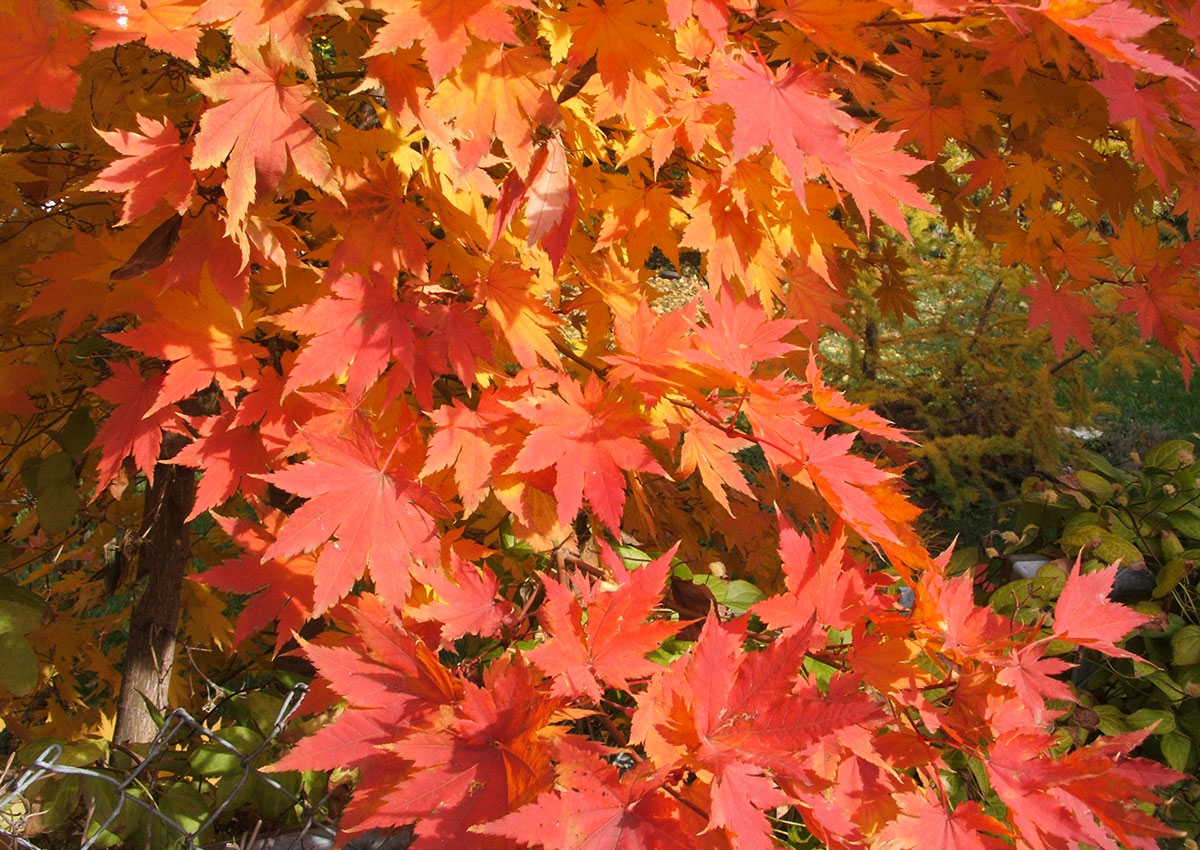
Northern Spotlight® Korean maple
Acer pseudosieboldianum ‘KorDak’, Zones 3–8
Selected at North Dakota State University after some very severe winters, this is probably the hardiest variety of Korean maple on the market and has been shown to withstand –40°F. Growing 20 feet tall and 20 feet wide, Northern Spotlight® takes full to partial sun. The open, layered branches offer nice form, and new foliage emerges later in spring to avoid early frosts. The summer foliage is resistant to leaf scorch and tip burn (common with this species), so the canopy looks good throughout a hot summer. The outstanding orange-red fall color is particularly beautiful.
This cultivar is not currently for sale, although it has been in the past and likely will be again soon. Check out the NDSU Research Foundation for updates.
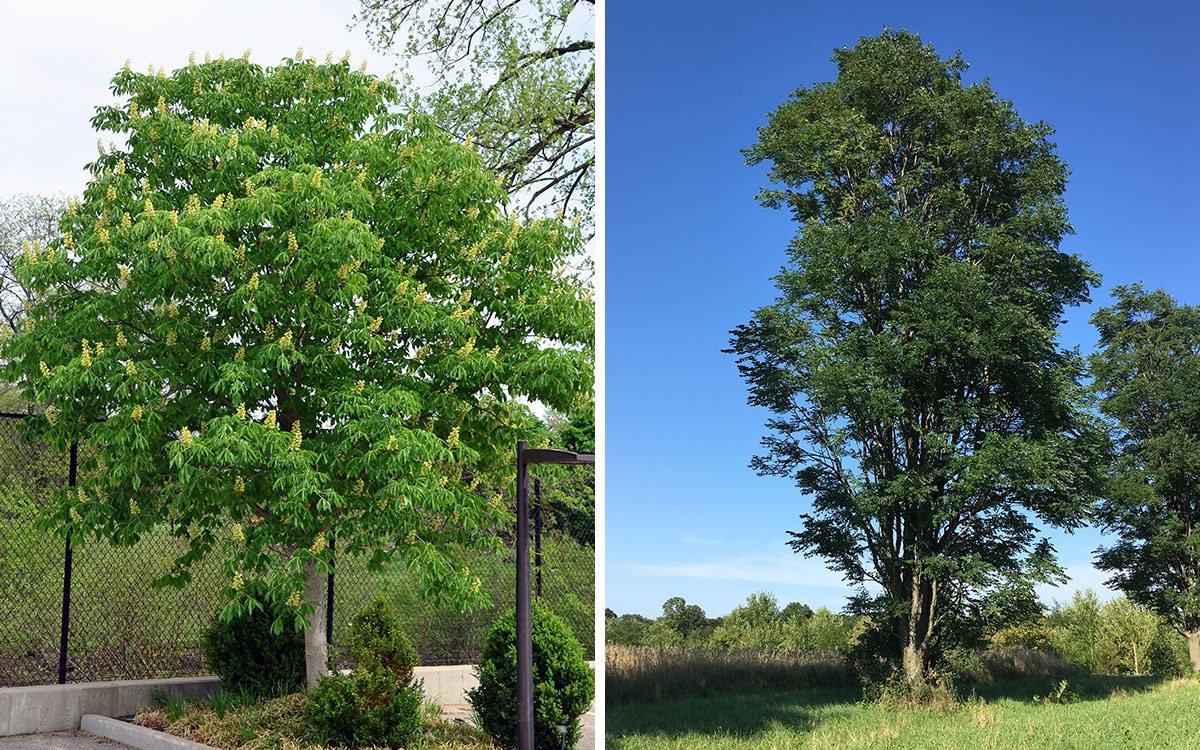
Early Glow™ Ohio buckeye
Aesculus glabra ‘J.N. Select’, Zones 4–7
Early Glow™ is an attractive and durable tree. It takes full or partial shade and has mature dimensions of 40 feet tall and 25 feet wide. The yellow-green flower clusters are showy and attract hummingbirds. The dark green summer foliage has superior resistance to leaf blotch and scorch and turns a reliable bright red in early fall. Many species of buckeye look pretty rough in the heat of summer, but this variety maintains its attractive foliage through the dog days. Avoid overly dry locations, but enjoy the toughness this selection offers in the Midwest.
—Mark Dwyer, former director of horticulture at Rotary Botanical Gardens in Janesville, Wisconsin, operates Landscape Prescriptions by MD.
Fine Gardening Recommended Products

DeWalt Variable-Speed Cordless Reciprocating Saw
Fine Gardening receives a commission for items purchased through links on this site, including Amazon Associates and other affiliate advertising programs.
- 18.31 x 6.13 x 4 inches
- 1-1/8-inch stroke length
- Variable speed trigger with 0-3000 spm

ARS Telescoping Long Reach Pruner
Fine Gardening receives a commission for items purchased through links on this site, including Amazon Associates and other affiliate advertising programs.

The Nature of Oaks: The Rich Ecology of Our Most Essential Native Trees
Fine Gardening receives a commission for items purchased through links on this site, including Amazon Associates and other affiliate advertising programs.


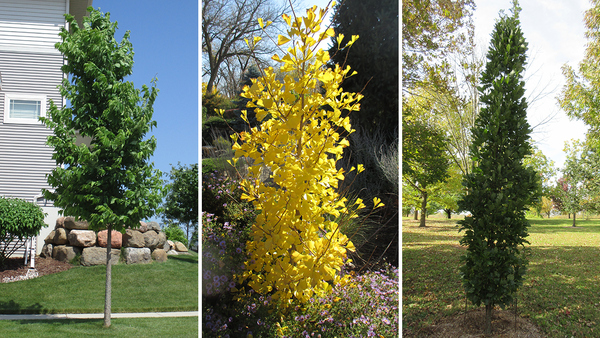
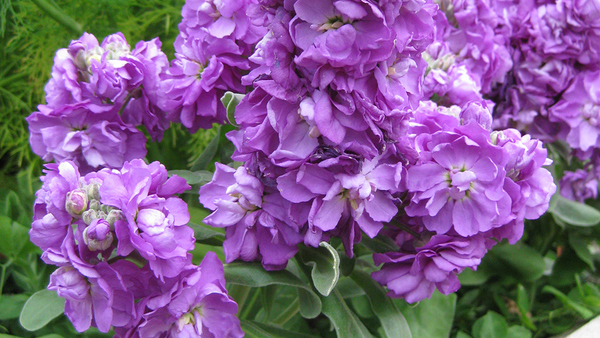
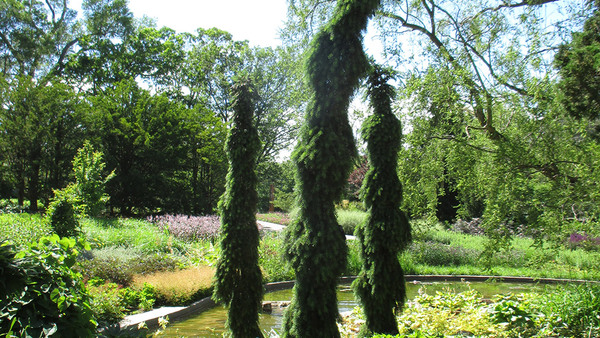
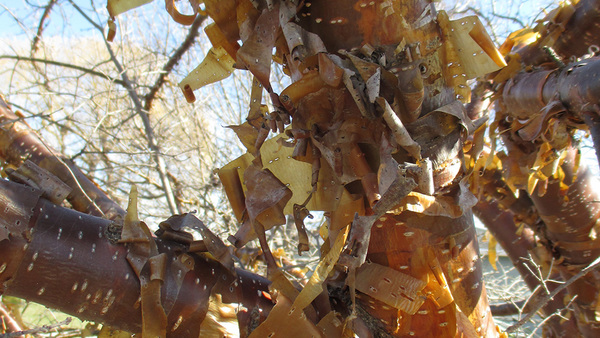












Comments
Log in or create an account to post a comment.
Sign up Log in